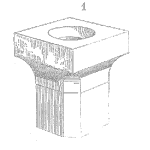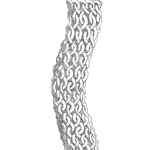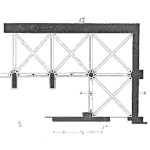
Peck’s Relationship
High temperature & humidity is a common test condition. For specific failure mechanisms, there are models available (or you can create a model) to determine the translation from test to use conditions.
These acceleration models generally only apply to one specific failure mechanisms and do not apply to a system level estimate of life. If the failure mechanism is the dominant failure mechanism for the product, then an ALT exploring just that mechanisms would provide a life estimate.
Peck’s relationship is an acceleration model for the effect of humidity on the metallization elements of integrated circuits within plastic enclosures (typically an epoxy over molding). [Read more…]














